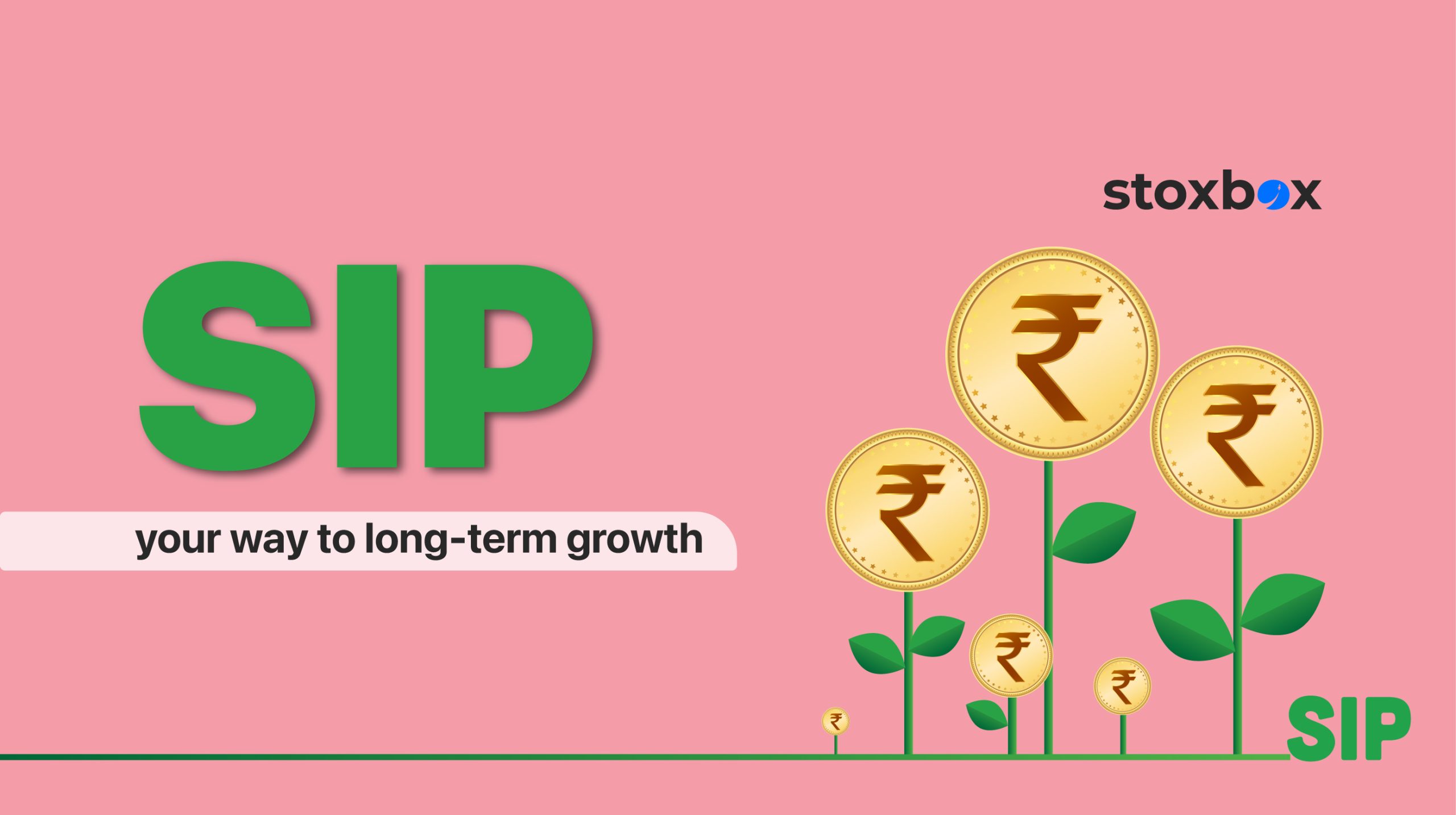SIP your way to long-term growth
The equity market is infamous for its volatility. Up today, down tomorrow, and up yet another day. As a matter of fact, equity investing is often compared to a rollercoaster ride, one that can give you the jitters and cause a certain amount of fear. Let me ask you one thing. When the roller coaster is at its peak or trough, inevitably you would be a little fearful. However, do you remove your safety belt and jump off the rollercoaster? Absolutely not.
Then why do you jump out when the equity market starts falling? Similar to the rollercoaster ride, equity markets also go up and down. However, you must not exit the market at the first sign of volatility? The best way to harness the power of equities is to invest for the long-term. There are two things that happen when you choose to invest for the long-term.
One, markets tend to be volatile in the short-term as stock prices react to daily news flows as well as investor sentiment. However, over the long-term, these changes in stock prices get smoothened out.
Two, stock prices don’t always reflect the underlying fundamentals of the company. Over the long-term, companies tend to showcase their true fundamental value and accordingly stock prices increase.
Clearly, it is always better to invest for the long-term rather than the short-term. However, we must concede that this is easier said than done. It is very challenging to hold on to your investments and do absolutely nothing when the markets are sinking and your investments are deep in the red. Fortunately, there is a simple solution in the form of a Systematic Investment Plan or SIP.
A SIP entails investing a fixed amount of money at periodic intervals. Both the amount of money you wish to invest as well as the investment intervals can be determined by you. SIPs have multiple benefits that can help you invest for the long-term. Some of these include:
Rupee cost averaging: The reason why most people rush to sell their equity investments when markets are falling is because they are afraid of the low prices and the consequent losses. However, it is important to understand that the losses are not real unless you sell. Rupee cost averaging can help you take advantage of a fall in prices. Generally, when you do an SIP, you invest a fixed amount of money on a periodic basis. Since the amount invested is fixed, when prices rise, you buy less units of the investment and when prices fall, you end up buying more units of the investment. As a result, the overall cost of purchasing an investment reduces over the long-term.
No need to time the markets: It is well-known that trying to time the market is a redundant exercise. There are very few people, if any, who have been able to consistently buy at market bottoms and sell at market tops. But the thing is that with a SIP, you no longer need to worry about timing the market. Since rupee cost averaging ensures that you participate at every level of the market, timing itself becomes redundant.
Inculcates investment discipline: If you want to make a success out of anything, it is important that you commit to it in a disciplined manner. The same rule applies to investing as well. If you want to create a steady long-term investment portfolio, then you must invest in a consistent and disciplined manner. This means investing regularly. However, many of you would have at some point delayed an investment decision or preferred to spend rather than invest. These small delays can cost you a lot. With a SIP, you make a commitment to invest periodically, and as per the preferred period, the money automatically gets debited from your account. This helps you in maintaining investment discipline.
Compounding: This is a mathematical process that ensures that both the principal amount invested as well as the income generated from that principal amount earn interest. For example, assume you invested Rs. 100 at 10% per annum. At the end of the first year, you would have earned 10% of 100, i.e., Rs. 10 and the total accumulated amount would be Rs. 110. Now, in the second year, you will earn 10% of the original invested amount, i.e., 10% of Rs. 100 and 10% of the income generated in the first year, i.e., 10% of Rs. 10. Thus, total income earned in year 2 would be Rs. 11 and total amount accumulated would be Rs. 121. Over the long-term, the benefits of compounding get further amplified.
As you can see, when you invest for the long-term, you can truly reap the benefits of equity investing. SIP’s just make the journey easier and better.
You might also Like.
No posts found!
